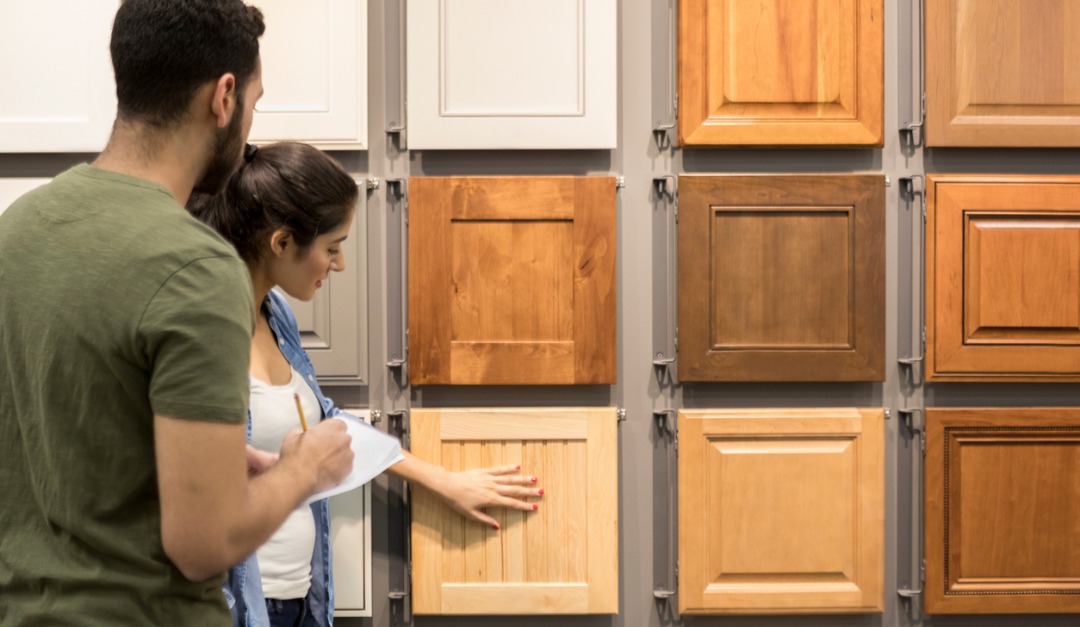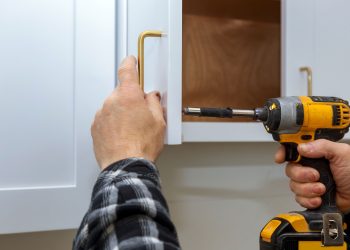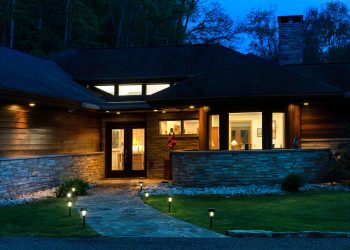If you’re planning to remodel your kitchen, a large percentage of your budget will go toward new cabinets. Since your family will use the kitchen every day, you should consider convenience and functionality, as well as style and cost.
Design Options
Think about the size and layout of your kitchen and your family’s habits to figure out the best way to use the available space. Base cabinets are located under counters and wall-mounted units can extend all the way to the ceiling to store dishes and other items that you don’t use often. If there is a wall that doesn’t have a door, window, electrical outlet or anything else taking up space, consider a floor-to-ceiling cabinet. Specialty units, such as corner cabinets or hutches, can provide additional storage if your kitchen’s design allows for them.
Types of Cabinets
Ready-to-assemble (RTA) cabinets are inexpensive but less durable than others and may require professional help for assembly and installation. Stock cabinets can be bought directly from a manufacturer and are of higher quality than RTA, but they may be available in limited sizes. Semi-custom cabinets are more expensive but offer more options in terms of size and design. Custom cabinets will cost significantly more than other types, but they will be designed for your exact needs and can be outfitted with personalized features.
Framed cabinets have a box and 1.5-inch face frame attached to the door front. This gives flexibility in terms of the types of doors that can be used. Frameless, or European-style cabinets, don’t have a face frame. Instead, doors and drawers are attached to the cabinet box, which can give the kitchen a contemporary appearance and more storage space, and can make items inside the cabinets easily accessible.
You can choose from several wood species, including mahogany, cherry and bamboo, and you can keep their natural colors or stain or paint them. Whatever you do, avoid cabinet boxes made of weak particle board and instead buy cabinets made from stronger plywood. Select hardware that is attractive and that will complement the rest of the kitchen’s design.
Optional Features to Consider
For an additional cost, you can choose convenience-enhancing features. Built-in charging stations can help you avoid cords and clutter on countertops. A lift cabinet and a pull-out drawer can allow you to conceal appliances and trash receptacles when they aren’t needed. Touchless cabinets are convenient, especially for those that house trash and recycling containers. Soft-close hinges can prevent doors from slamming. You can also integrate lights that will turn on automatically when you open a cabinet door.
Choose Quality Cabinets
Your family will open and close your kitchen cabinets several times each day. They will also be among the first things guests notice, so choose durable cabinets that will last and maintain their appearance. That doesn’t mean you have to spend a fortune, though. You will likely be able to find moderately priced cabinets with all the features you need and want.











